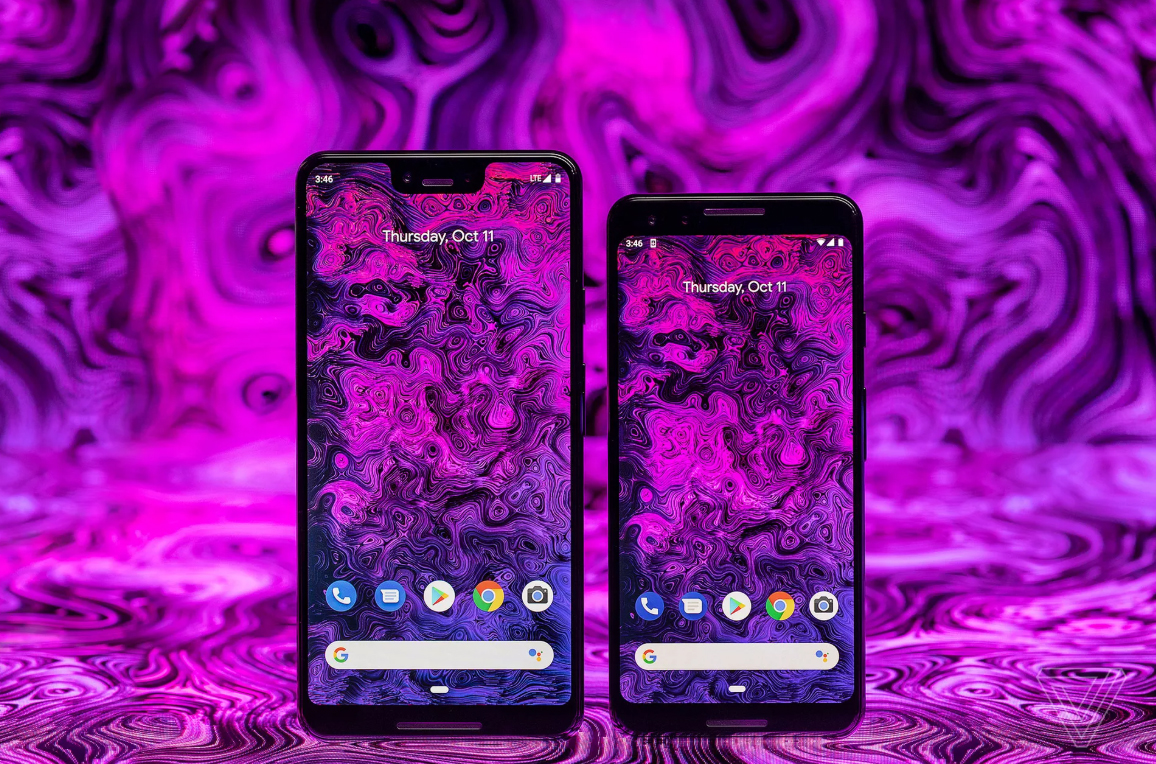Why it matters: Google's new Pixel 3 and Pixel 3 XL smartphones were the headlining attractions of last week's Made By Google media event. The handsets embody everything Google has learned over the past year as it relates to mobile design and perhaps more importantly, could pave the way for an industry that's increasingly turning to software for innovation.
Sam Rutherford from Gizmodo on the phones' overall design:
As for the Pixel 3's general design, aside from the Pixel 3 XL's unmistakable notch (which I've taken to calling "the bathtub"), the physical dimensions of both the 5.5-inch Pixel 3 and 6.3-inch Pixel 3s have changed so little that Google's new official cases fit just as well on last year's phones. Instead, Google worked on improving the Pixel's build by adding new IP68 water-resistance, moving the volume rocker to the right to create a completely unblemished left side, and installing a new one-piece glass back.
It not only increases durability when compared to the metal and glass construction of the Pixel 2, but the micro-etched soft-touch finish on its bottom two-thirds is something that begs you not to put a case on the phone. Google even paid attention to little details like painting the inside of the phone's USB-C port black and adding a splash of color to the Clearly White and Not Pink models' power button. (Also, if you want to be accurate, Not Pink should really be called Sometimes Pink.)
Ron Amadeo with Ars Technica wasn't as thrilled about the soft touch glass on the rear:
After a few minutes with the soft touch glass, though, that good first impression really wears off. The back absolutely soaks up skin oil and quickly gets gross. That's not easily remedied with a quick wipe either---this surface really holds onto the oil and needs a vigorous rubbing to get clean. The soft touch glass is also, well, soft, and it scratches easier than normal Gorilla Glass. You can make an impression in it with something as soft as a fingernail, or you can draw on it with a light press. While lighter impressions will wipe away, anything even hard or sharp will permanently damage the back. Both of the models I photographed at Google's event had permanent scratches on them that would not wipe off. There are simply a great many materials that will skate across the shiny Gorilla Glass top and dig into the matte portion.
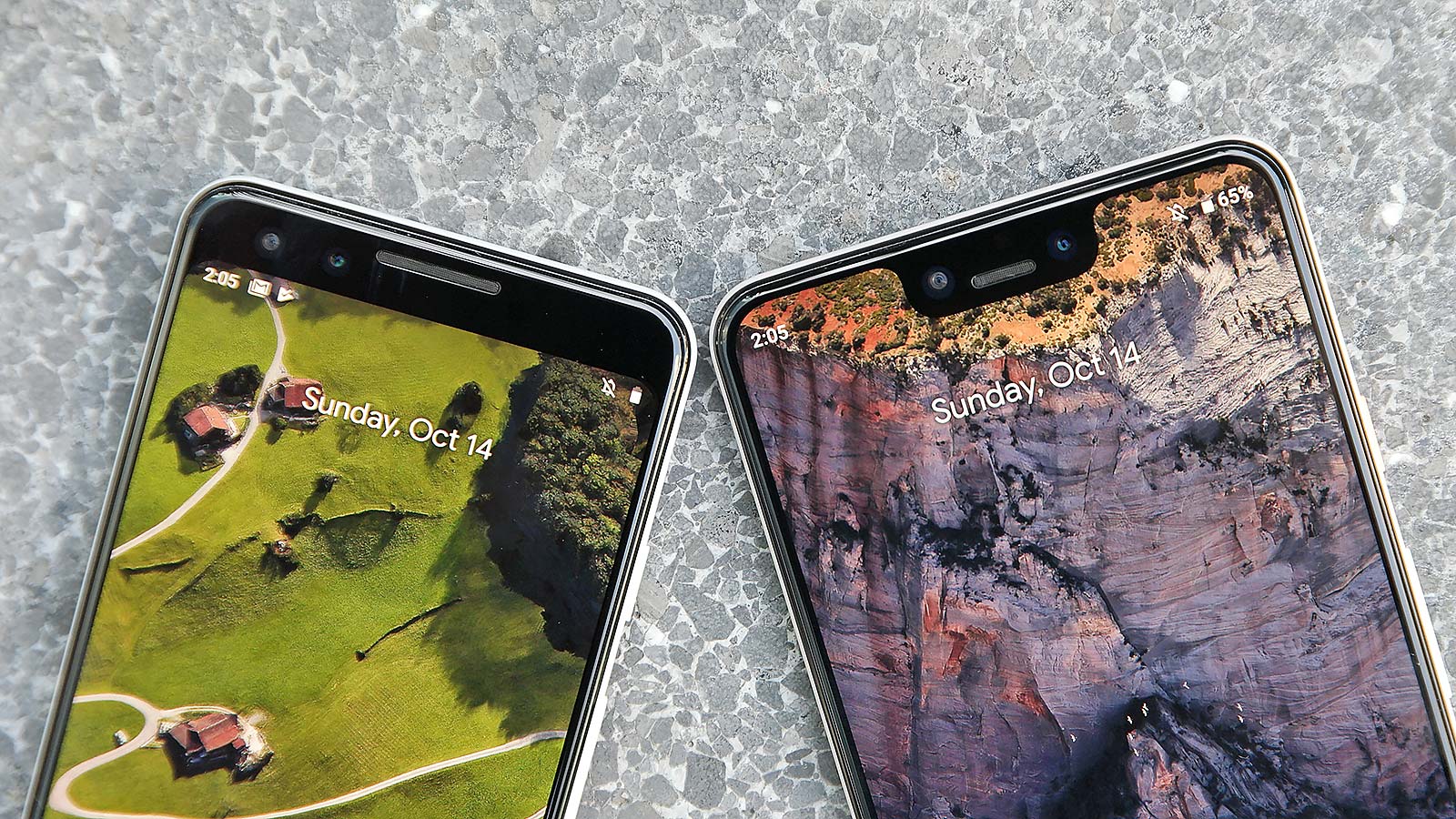
(Image courtesy Sam Rutherford, Gizmodo)
Google nailed the displays on the Pixel 3 and Pixel 3 XL according to Dieter Bohn with The Verge:
Both phone sizes use OLED displays, which gets you all the usual benefits of that screen technology: deep blacks, lower power consumption, and curved corners. But as we learned last year with the Pixel 2 XL, it's all too easy to make an OLED screen that looks bad. The Pixel 2 XL screen was muddy, reds looked more like browns, and it felt like there was a layer of parchment paper making everything hazy. There was also a burn-in scare at launch that caused a whole lot of drama.
I obviously can't speak to burn-in yet, but the color problems are 100 percent gone this year. The Pixel 3 XL's screen is vibrant and bright with colors that pop at any viewing angle. Google says that it spent a lot of time ensuring the quality of these screens this year from every perspective, including longevity, color accuracy, and brightness.
Lauren Goode with Wired on battery life and processing power:
The phone's internals matter, too. Things like battery: The Pixel 3's battery life has been excellent, lasting me more than a day, and my editor Michael Calore, who has been using the Pixel 3 XL, says battery life is on par with the previous Pixel XL phones he's used. The bump up in processing power from last year's Pixel 2 phones makes the new handset feel a little faster. It also ran without a hitch---except when the camera app froze a couple times as I tried to switch apps. On the downside, things like a lack of 5G modem and no front-facing depth sensors mean the Pixel 3 isn't truly future-proof.
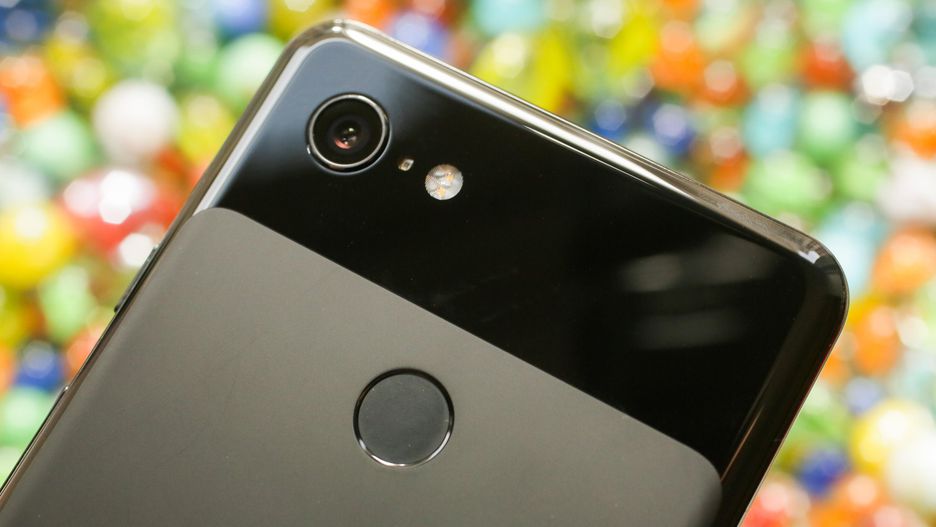
(Image courtesy Sarah Tew, CNET)
Matt Swider with TechRadar tackles the Pixel 3's camera:
The Google Pixel 3 has the best smartphone camera in the world. It's not because the photos it takes are dramatically better --- but they're just marginally better.
The bigger deal is that Google's 12.2MP camera is more consistent. We got more detailed, sharper, and slightly brighter photos from this Pixel 3 camera than the warmer iPhone XS and the Samsung Galaxy Note 9 cameras. There less noise than the Pixel 2 and everything wasn't oversharpened like the Huawei Mate 20 Pro camera.
A lot of this has to do with what's happening behind the scenes. The f/1.8 aperture isn't record-breaking, but Google's camera-dedicated Pixel Visual Core chip and its behind-the-scenes machine-learning software help deliver this single-lens rear camera its wow factor.
Another take on the Pixel 3's camera, this time from Zach Epstein with BGR:
Google's Pixel phones have really shined in this area in the past, so expectations were beyond high ahead of the release of Google's new phones. I'm happy to report that they absolutely live up to the hype. Despite the fact that Google chose to stick with a single-lens rear camera while rival phone vendors are using two, three, or even four lenses on the backs of their phones, Google's camera on the Pixel 3 and 3 XL can go toe to toe with any of them. In fact, it might be the best of the bunch when it comes to overall image quality.
I spent a whole lot of time capturing similar photos with the Pixel 3 and the iPhone XS in order to compare the two. While there were definitely some scenarios where photos captured on the iPhone were clearly superior, the opposite seemed to be true more often than not. The clarity of photos taken on the Pixel 3 is remarkable. In fact, it's actually difficult to take a bad picture thanks to all of the software assistance the Pixel's camera app now provides.
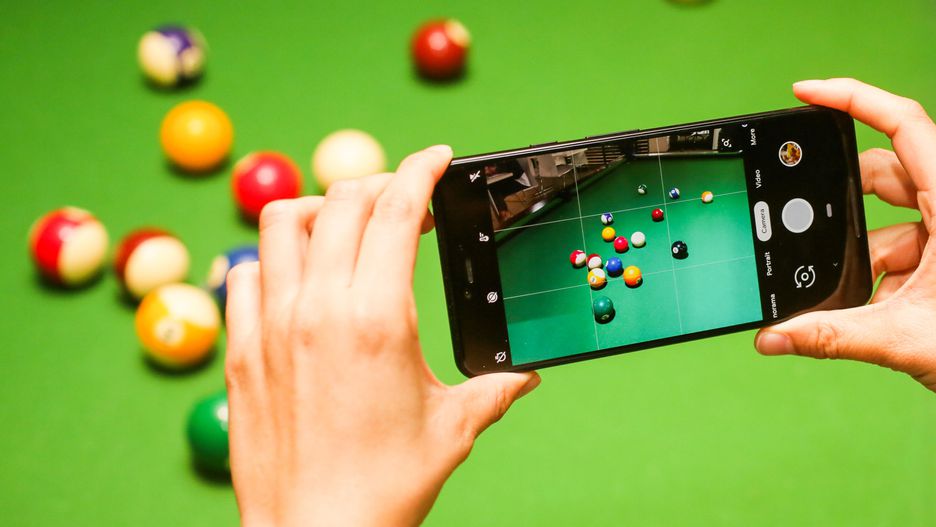
(Image courtesy Sarah Tew, CNET)
Engadget's Cherlynn Low discusses Call Screen:
Other non-camera software features are mostly what you'll get with the Android 9 Pie update, though something we haven't seen is Call Screen. I've seen some people claim that it's basically voicemail and, sure, it's a way to ignore calls when you can't or don't want to answer.
But it's much more than a voice mailbox. Assistant transcribes what your caller says in real time, then suggests relevant follow-up actions based on what they said. It's also interactive, letting you decide what to do with the call as it happens, like ask for more information or hang up. I was very impressed by the accuracy of the transcription, as well as Assistant's ability to recognize spam callers. I also appreciate that Assistant identifies itself to explain what it's doing, similar to how it does with Duplex.
Brian Heater with TechCrunch dishes on the Pixel Stand accessory:
The Pixel Stand, meanwhile, is a smart little accessory. At $79, it's one I'd consider strongly if picking up the handset. Granted, it lacks the ambition of Apple's three-product-charging AirPower, but among its other clear advantages is the fact I've held it in my hand and can confirm it's a real thing that actually exists. The accessory takes advantage of that glass back to charge wirelessly via the Qi standard.
The stand is soft and silicon and fairly minimalist, designed to go unseen when not in use. When it is, however, it transforms the Pixel into a makeshift Home Hub, serving up Google Photos and bringing a visual component to Assistant. It's a clever take of the charging stand --- and hopefully a good enough excuse to stop you from falling asleep with your phone every night.
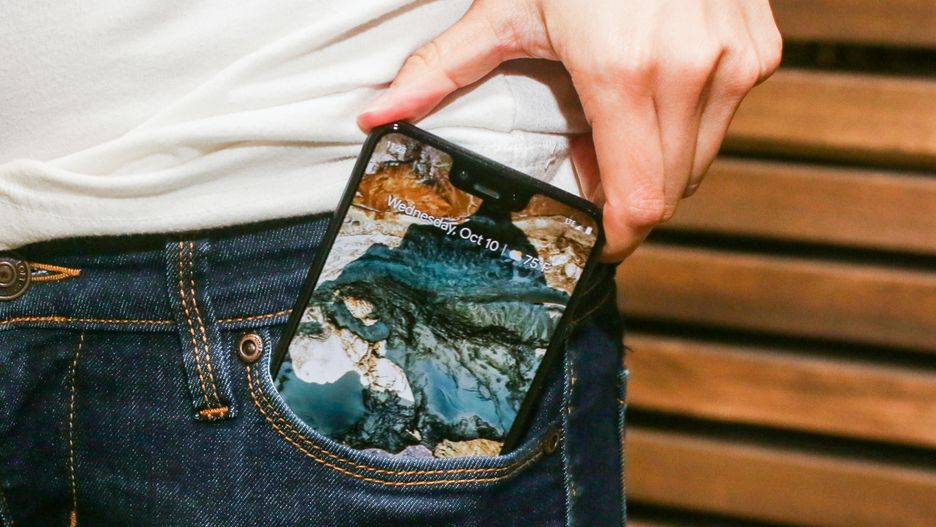
(Image courtesy Sarah Tew, CNET)
The bottom line from Lynn La with CNET:
If you don't absolutely need a phone right now, wait to see what the iPhone XR and the OnePlus 6T – both just days away – have in store. They have large screens too and are expected to have nimble cameras themselves, with more affordable price tags. Also skip the Pixel 3 XL if not having a built-in headphone jack is a deal-breaker for you.
But if you want a phone now, the Pixel 3 XL is one of the best phones you can buy. It may not be as premium as the iPhone XS Max or Galaxy Note 9, but its fantastic camera and extra perks like unlimited cloud storage and timely software updates make it a top-of-the-line phone to get.
Lead image via James Bareham, The Verge
